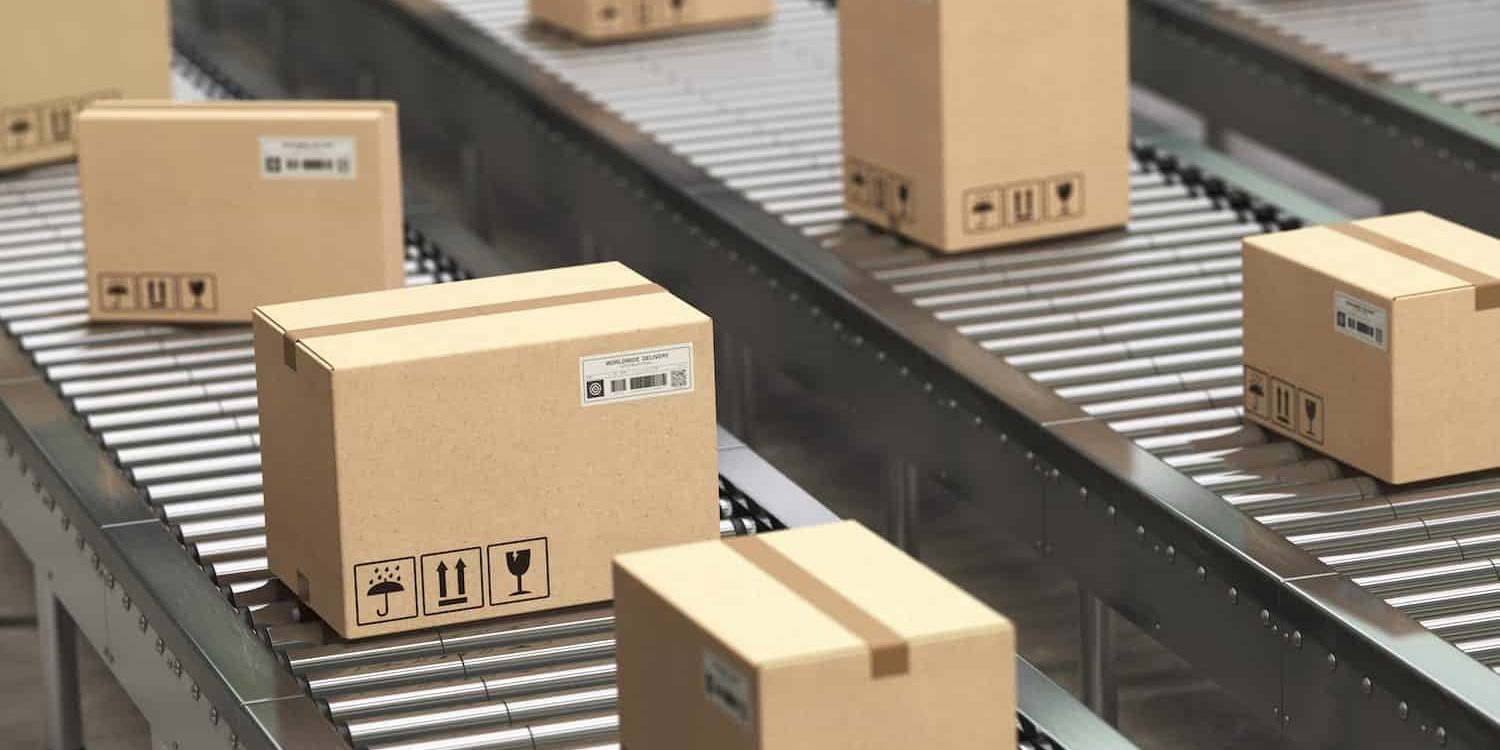One of the most powerful tools in a pricing model is product packaging. When packaging is done correctly, functionality and services are combined to meet the needs of different customer segments.
Packaging can be used to enter new markets or make further inroads into existing markets and customers. It can also be used to address specific needs within a customer segment.
Unfortunately, all too often packaging is either underused or misused.
When packaging is underused, it is easy to spot. It’s the one-size-fits-all approach that assumes all customers have the same functionality requirements, service needs, and user profiles. When packaging is misused, there are a bewildering array of available packages and options making it hard for customers and sales reps to easily choose what is right for the situation.
How To Get The Most From Your Packaging
Getting the most from your packaging depends on how well you are able to answer a few questions…
- How well do different packages address the functionality needs of the customer types you want to do business with – e.g. small vs. large business, users in industry X vs. industry Y?
- How well do features in different packages match the different types of users – e.g. users vs. managers, content creators vs. view-only users?
- How well does packaging encourage expanded use – e.g. increasing functionality vs. getting more users?
- How well are services packaged to meet different customer and user needs – e.g. direct support vs. second-level only, 24×7 vs. weekday support?
- Have features and services been combined to address the needs of new customers – e.g. training bundles or starter packages?
What Happens When Packaging Is Done Right?
When packaging is done right, customers (and sales reps) can easily identify what is needed now and clearly see the upgrade path that is likely to meet future needs.
